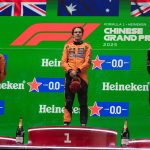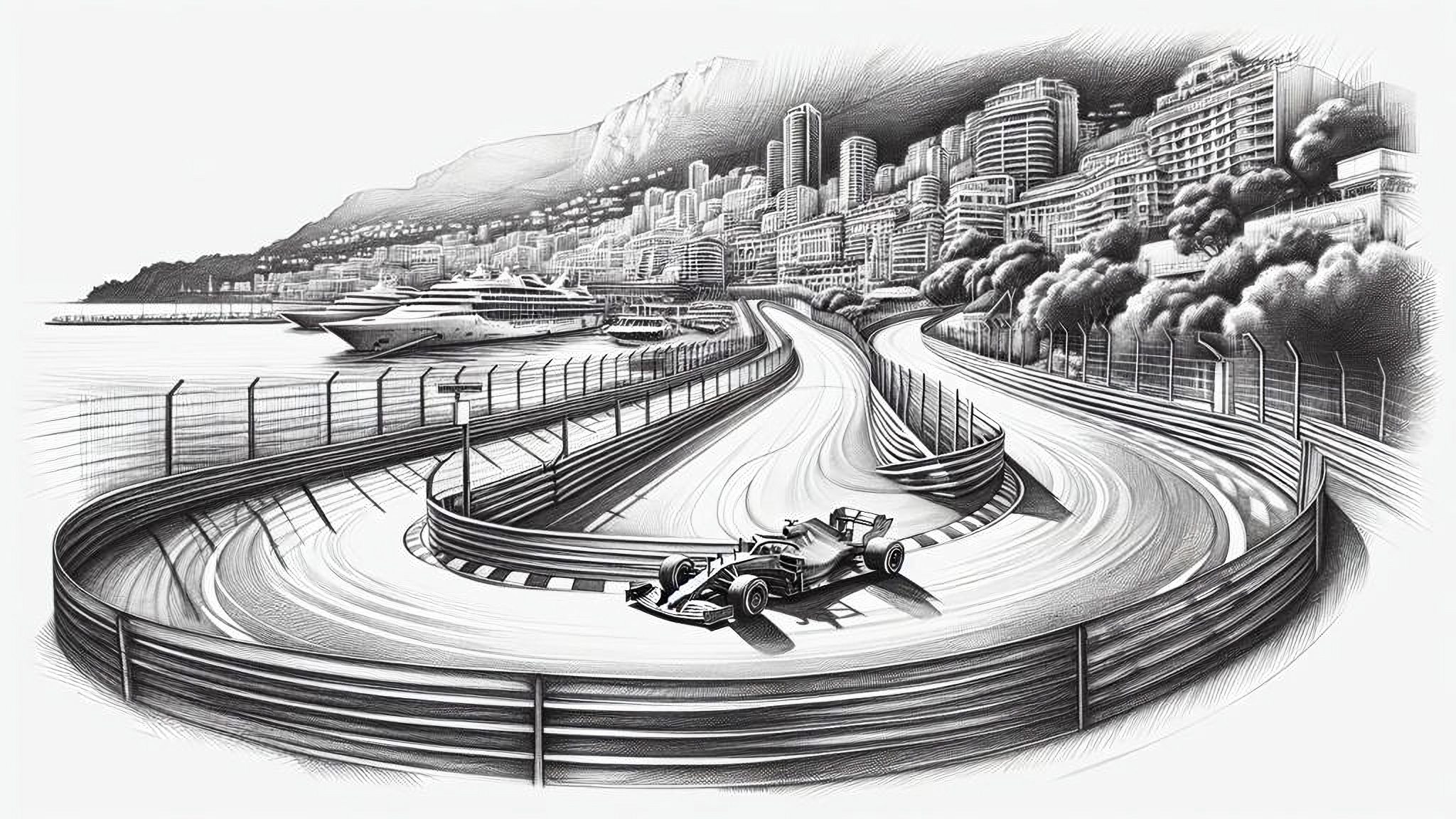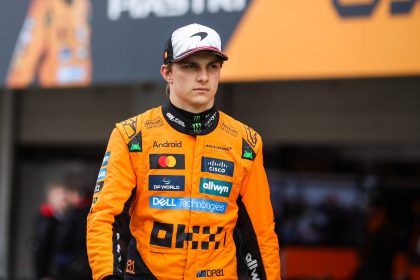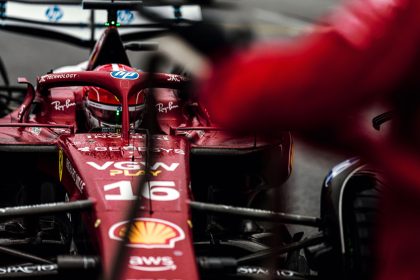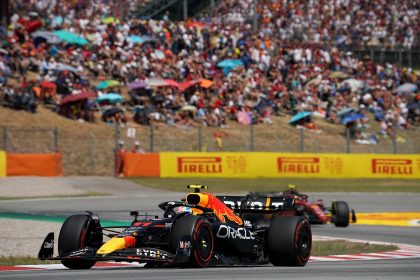Hamilton’s Wet Weather Win in Monaco
The Day the Gods Wept on Monte Carlo
There are races that define a season, and then there are races that define a driver. On May 25, 2008, the Monaco Grand Prix became the crucible in which Lewis Hamilton’s legend was forged—not with a dominant car or a perfect drive, but with a cocktail of raw speed, opportunism, and the sort of luck that would make even the roulette tables of Monte Carlo blush.
- Hamilton’s Wet Weather Win in Monaco
- The Day the Gods Wept on Monte Carlo
- Setting the Stage: Ferrari’s False Dawn
- The Race: Chaos, Collisions, and a Lucky Puncture
- The Middle Stints: Survival of the Luckiest
- The Sutil Heartbreak and the Final Act
- The Aftermath: A Star Is Born
- Historical Parallels: Senna, Schumacher, and the Art of the Wet
- The Legacy: Monaco’s Place in the Hamilton Mythos
- Waste a bit more time
The 2008 Monaco Grand Prix was a race so chaotic, so drenched in drama (and actual water), that it’s still discussed in hushed, reverent tones by those of us who have spent far too many Sundays watching men in overalls chase each other around in circles. If you want to know why Monaco is still on the calendar, despite the fact that overtaking there is about as likely as a Ferrari strategy masterclass, this is the race you show your skeptical friends.
Watch the official race highlights on Formula1.com
Setting the Stage: Ferrari’s False Dawn
The weekend began with the usual Monaco pageantry: yachts, celebrities, and the sort of rainclouds that make even the most seasoned drivers reach for their rosaries. Qualifying saw Ferrari lock out the front row, with Felipe Massa on pole and Kimi Räikkönen alongside. The Scuderia, not exactly Monaco’s favourite sons, looked poised to break their Principality curse.
But as any historian of the sport will tell you, Monaco has a way of making fools of the mighty. The rain began to fall just before the start, turning the circuit into a treacherous, glistening snake pit. The grid was nervous—perhaps more so than usual. As Autosport reported at the time, “Drivers were nervous ahead of wet Monaco,” and with good reason. Read more on Autosport
The Race: Chaos, Collisions, and a Lucky Puncture
The opening laps were a masterclass in survival. Massa led away, but Hamilton, starting third, immediately pounced on Räikkönen for second. The track was slick, the walls unforgiving, and the mistakes came thick and fast. By lap six, Hamilton himself became a victim, clipping the barrier at Tabac and puncturing his right-rear tyre.
In most Monaco races, that’s your day done. But this is where fortune favours the bold—or, in this case, the slightly lucky. Hamilton limped back to the pits, where McLaren’s strategists made a crucial call: they refuelled him heavily, effectively switching him to a one-stop strategy. As the race unfolded and others floundered, this would prove decisive.
Lewis Hamilton, post-race interview (BBC Sport):
As the rain came down, there was a lot of spray and coming into Turn 12 it was like a river. I hit the river and just slid into the barrier. I knew I only touched it but I had a rear puncture. Thankfully the team acted quickly and I was able to resolve it.
The Middle Stints: Survival of the Luckiest
As the rain intensified, so did the carnage. Fernando Alonso spun his Renault, Nico Rosberg lost his front wing, and Jenson Button’s Honda found the barriers. The “Trulli Train” (a phrase that should be in every F1 fan’s vocabulary) bunched up the midfield, and the pit wall calculators began to overheat.
Hamilton, now with a full tank and fresh tyres, began to carve through the field as others pitted for fuel and tyres. The Ferraris, meanwhile, were busy tripping over their own shoelaces. Massa spun at Sainte Devote, Räikkönen picked up a drive-through penalty for failing to have his tyres fitted in time before the start, and both were outfoxed by BMW’s Robert Kubica, who quietly leapfrogged them into contention.
Lewis Hamilton (BBC Sport):
The pace I had was ridiculous. I had one second on some people and it was quite easy.
The Sutil Heartbreak and the Final Act
If you want a story of heartbreak, look no further than Adrian Sutil. The Force India driver, in a car that had no business being anywhere near the points, was running fourth after a sublime drive. Then, with just ten laps to go, Kimi Räikkönen—perhaps distracted by thoughts of ice cream—lost control under braking and slammed into the back of Sutil, ending the German’s fairy tale.
Adrian Sutil, post-race:
I was just driving my race and then suddenly I was hit. I can’t believe it.
Meanwhile, Hamilton, now leading comfortably, made his final stop for dry tyres as the track began to dry. He emerged with a commanding lead and cruised to the chequered flag, fulfilling his childhood dream of winning at Monaco.
The Aftermath: A Star Is Born
Hamilton’s victory was not just a triumph of speed, but of adaptability and nerve. He became the first British driver to win Monaco since Graham Hill, and took the lead in the world championship. The podium was completed by Robert Kubica (BMW Sauber) and Felipe Massa (Ferrari), both of whom had reason to rue what might have been.
The statistics tell their own story: Hamilton led 59 of the 76 laps, made two pit stops (one unscheduled), and finished nearly three seconds ahead of Kubica. But the numbers don’t capture the sheer unpredictability of the day, nor the sense that we were witnessing the coronation of a future great.
See the full race report and results on RaceFans
Historical Parallels: Senna, Schumacher, and the Art of the Wet
It’s tempting to draw parallels between Hamilton’s 2008 Monaco win and the great wet-weather drives of the past: Senna at Donington in ’93, Schumacher at Barcelona in ’96. But what sets Monaco 2008 apart is the sheer number of variables—weather, strategy, luck, and the ever-present threat of the barriers.
Hamilton’s drive was not flawless, but it was human in the best sense: a mixture of brilliance and fallibility, rescued by quick thinking and a bit of good fortune. In the years since, we’ve seen Hamilton become the most statistically successful driver in history, but for many, this was the day he truly arrived.
The Legacy: Monaco’s Place in the Hamilton Mythos
Seventeen years on, Monaco 2008 remains a touchstone in Hamilton’s career. It’s the race that gets replayed in highlight reels, the one that fans (and, let’s be honest, Hamilton himself) point to as proof of his wet-weather prowess. It’s also a reminder that, in Formula 1, the line between disaster and glory is often as thin as a Pirelli tread.
As for the rest of us, we’re left with the memory of a day when the rain fell, the dice rolled, and a young Briton seized his destiny on the streets of Monte Carlo.





